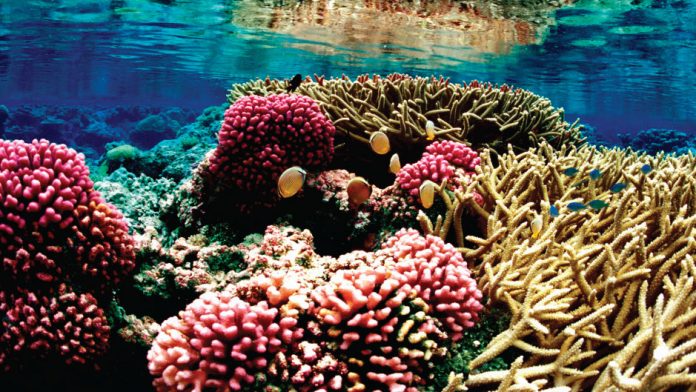The conversation about climate change has mostly been dominated by discussions about increasing temperatures, rising sea level and the increasing frequency of extreme weather events. Last week, ocean acidification was brought to the forefront when Isabella O’Brien, a Canadian elementary school student, was invited to the Google Science Fair for her idea about how to mitigate this effect of climate change.
The ocean absorbs about a quarter of the carbon dioxide humans release into the air. Therefore as atmospheric carbon dioxide increases, so does the amount of dissolved carbon dioxide in the ocean. Ocean acidification is a change in the chemistry of ocean water as a result of increased dissolved carbon dioxide which is having a negative impact on marine life, in particular shell-forming animals like coral.
While diving during a family trip to Mexico, O’Brien saw first-hand how ocean acidification was affecting the coral and species that depend on the coral for survival. She had the idea to test whether adding calcium carbonate, in the form of ground up mollusc shells, to sea water would lower its acidity. It does.
She also determined that the seafood industry current generates six million tons of shells annually from oysters, clams and mussels and that these shells are going to landfill. The next step would be to determine whether shells from the seafood industry could be used to buffer protected marine regions ensure species are impacted less by ocean acidification.
But what if those shells become in short supply? Mark Bittman discusses the impact that ocean acidification is having on oyster agriculture in California in this film for the New York Times produced in collaboration with the Global Food Initiative at the University of California.
Not only is ocean acidification hindering an oyster’s ability to form a shell, it is also impacting its ability to reproduce and protect itself against predators and infectious bacteria. Because of this, many harvests are being devastated by disease and producers are responding by spawning fewer oysters during periods high ocean acidity.
Researchers from the University of California Davis that study the impact of climate change on our oceans have teamed up with the oyster harvesters to monitor conditions around the oyster beds. These collaborations will not only help oysters producers plan for the future but will hopefully yield the scientific data needed to influence carbon emission policies.
To learn more about Canadian research on climate change and ocean health, check out our interviews with Prof. Dick Peltier and Prof. Charlie Trick.








































